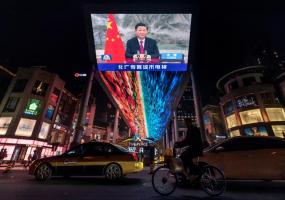New tricks for an old pony: Is it essential for speech radio programmes to utilise social media in order to stay relevant to the audience?
22 Aug 2013
There have been innumerable studies on the effects of new and social media on legacy media, but few on their implications for radio. Anne Achté, an editor at Finland’s state broadcaster, YLE, has filled the gap with her comprehensive study entitled:New tricks for an old pony: Is it essential for speech radio to utilize social media in order to stay relevant to the audience? Anne writes that: "Changing media use in the last 10 years has forced all legacy media to contemplate whether they are still delivering content the way the audience wants. Radio listenership in the Western world has stayed fairly strong despite the increasing competition for audience attention, but there are already signs radio will also be affected. Is it necessary for radio programmes to adapt to the people´s mixed media use and emerging new digital platforms by adopting social media in their strategies? My research focuses on three of the most innovative speech radio programmes in public service companies Britain and the US and the way each of these programmes is utilising new and social media according to their particular needs. 'Weekend Edition Saturday' from NPR has built a strong and even personal connection with the presenter and the audience. 'The Today Programme' from BBC Radio 4 focuses on a dynamic web page with live interaction through social media that keeps the audience informed and entertained at the same time. 'Talking Point' from BBC Arabic in the BBC World Service builds on their huge audience reach to keep their listeners interactive and loyal. Notably however, even the most innovative speech radio programmes are still in the early stages of fully incorporating social media in their strategy. All digital media experts interviewed in this research agree that radio needs to start taking action or risk becoming irrelevant. In the future radio will most probably not only include audio but also pictures, video and text, customised to the audience needs on new mobile technological devices."




